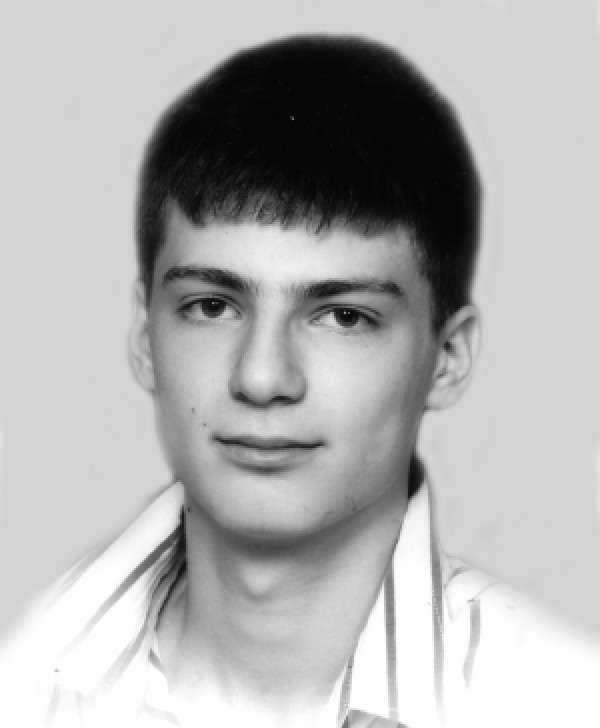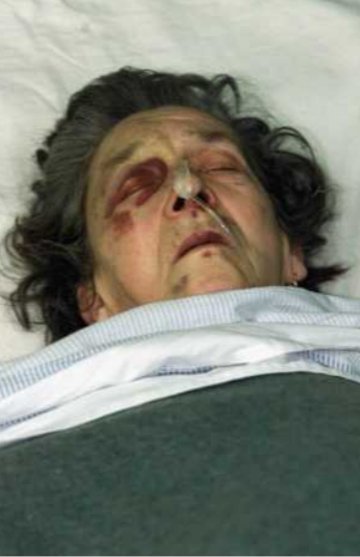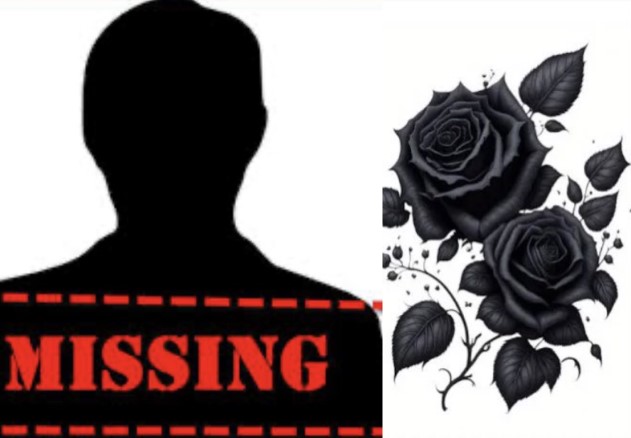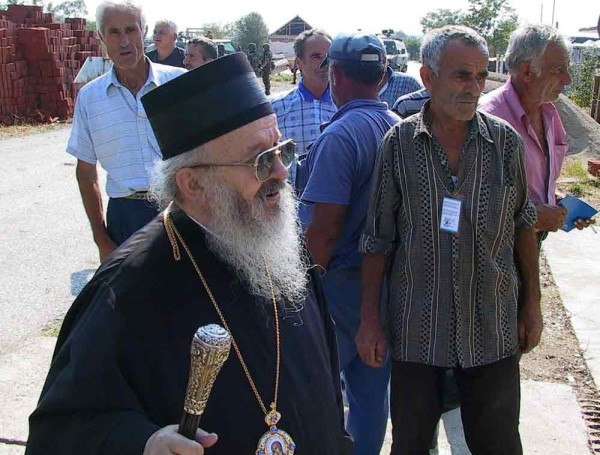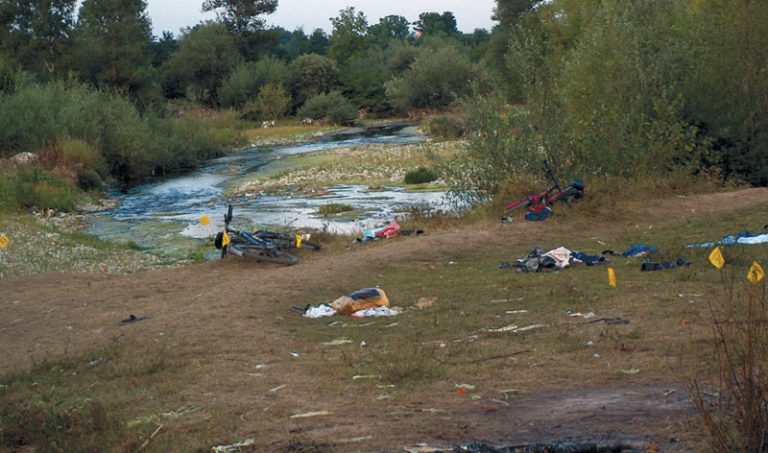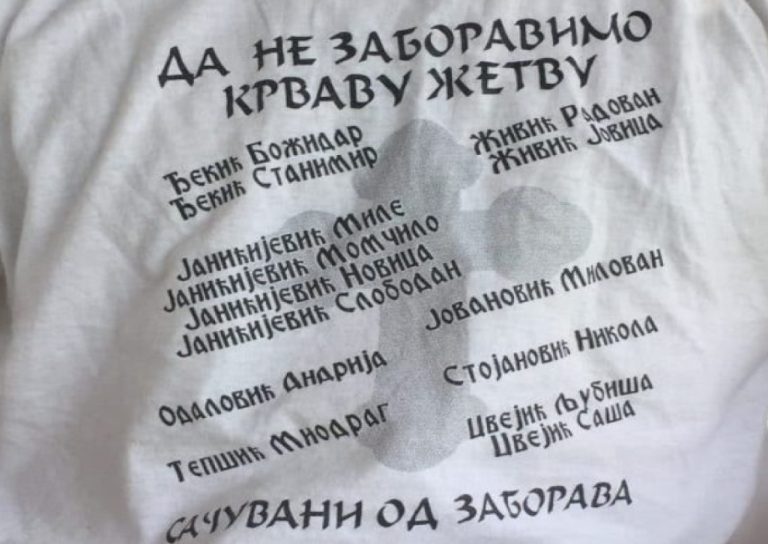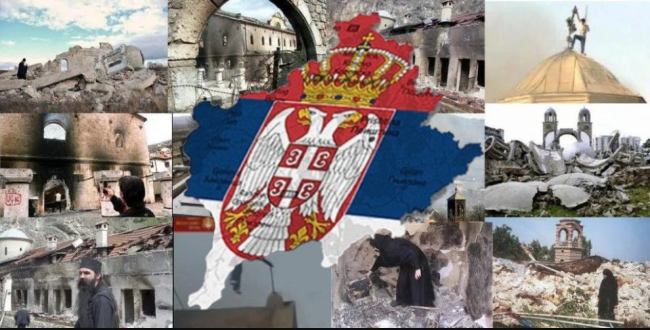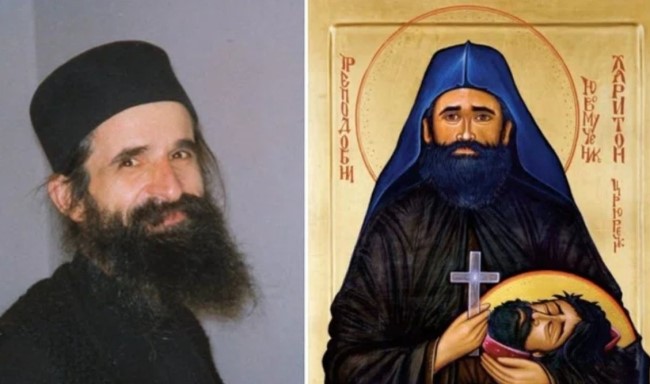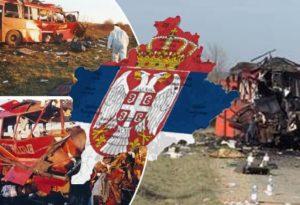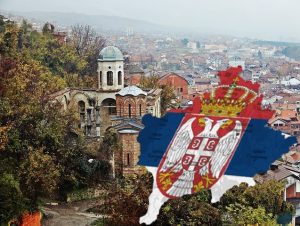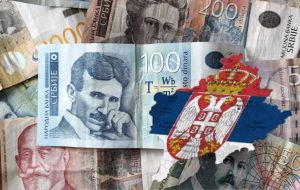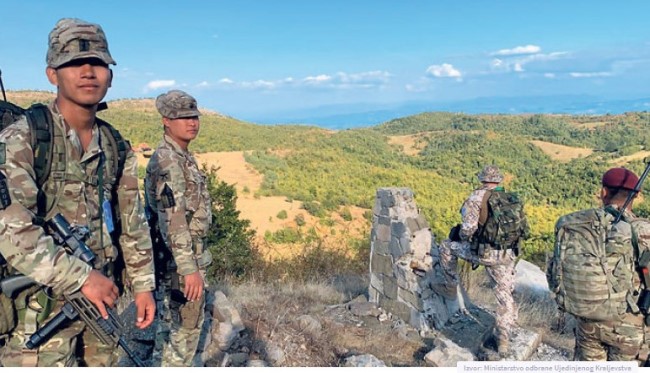
Morning with the Gurkhas
At 5 o'clock in the morning, 12.06.1999. with the entry of the deployed KFOR forces into the Kosovo-Metohija territory, the establishment of the UNMIK temporary mission begins, based on the R1244 adopted a few days earlier. After the Russians continued their journey to the Slatina airport a little after 2 a.m., the people from the center of Pristina dispersed. I stayed that night. Here and there you could hear a shot, a detonation, the siren of a police or ambulance vehicle. Evacuation of the regular army from military facilities, local police from stations 1, 2, 3 and 4 was also underway.
With the first signs of the sun, the Gurkhas, (British rapid action forces) as part of KFOR, which according to the schedule belonged to zone 5, better known as the MNB (multinational brigade) Center, marched into Pristina. The Gurkhas roamed the streets of the city, suburban settlements, including smaller towns around Pristina: Obilić, Kosovo Polje, Lipljan... They were characterized by their short stature, full military equipment, the "kukri" knife, after which a cafe opposite the UNMIK headquarters was later named. - and where it was only safe for Serbs working on missions to drink coffee. They moved in groups of 5, but with three walking on the left and two on the right. Observing them from the side, one got the impression that they were moving along an imaginary zig-zag line. Frowning, red in the face, with their sleeves rolled up, they kept their finger on the trigger. All but one.
The picture in the city was chaotic. Around the buildings where military personnel, reservists, local police and their families lived, you could see trucks being loaded with things. On that day, the final withdrawal of every uniformed and civilian entity that had any connection with the military and police institutions began. The Gurkhas pitched tents and maps wherever they went. They were especially directed towards the military and police vehicles of the Yugoslav forces and the local police, believing that they would have to fight in the street. The exit from the capital of Kosovo and Metohija was almost blocked. Columns of civilian and military trucks, tanks, military vehicles, and cars with families... moved towards Veternik, a settlement that leads to Podujevo and then to the administrative crossing of Merdare. The destroyed buildings of the Ministry of the Interior, the Post Office, destroyed houses, broken glass in shop windows... they resembled a war zone. Rarely any shop was in operation, mostly some mini market and small market (as they called it) in Ulpijana. International humanitarian organizations, UNHCR, the first contingents of UN staff, IOM, and Doctors Without Borders are also coming after the Gurkhas...
With the establishment of the MNB Center, British soldiers occupied Dragodan, where the KFOR Headquarters was later built, just above the Orthodox cemetery, which was partially destroyed during the bombardment by the bombs that targeted the nearby fuel storage. At the cemetery, one could see broken monuments, craters and parts of coffins of buried Orthodox. At that stage of the deployment, the British set out to seize the Slatina airport where the Russian flag was already flying. According to the words of the first head of KFOR, British General Jackson, realizing the factual situation, he left the airport to the Russians "not wanting to start a new war".
That 12.06.1999. a new Kosovo Golgotha for Serbs, Montenegrins, many non-Albanians and Albanians loyal to the state of Serbia is about to begin.

